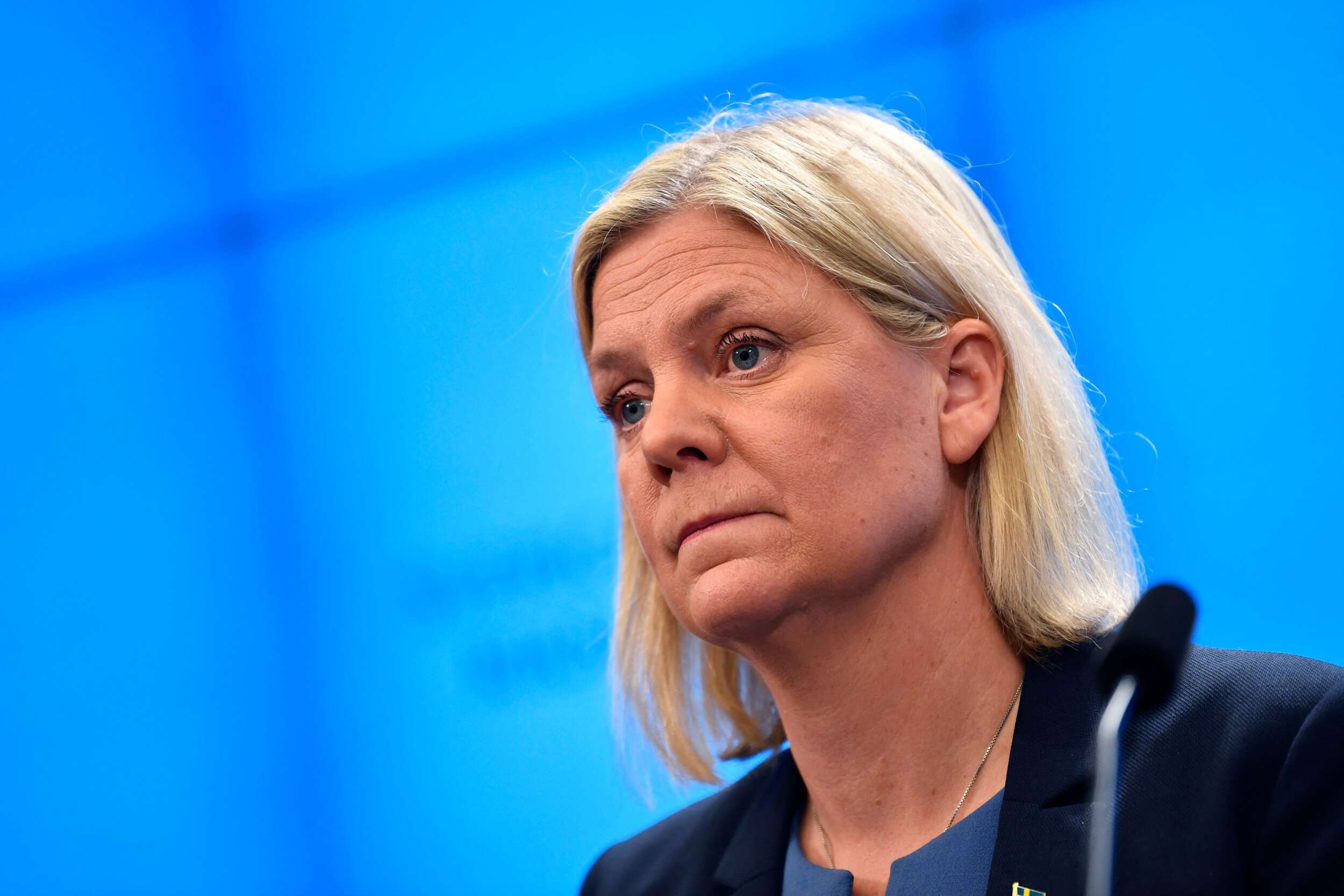After her government was defeated in Sunday’s election, Sweden’s prime minister resigned.
Why this matter
Ms. Andersson was the Nordic country’s first female prime minister when she took office last year; she resigned on the first day, only to return soon after.
She was defeated by a four-party right-wing coalition comprised of the Sweden Democrats, Moderate Party, Christian Democrats, and Liberals.
What’s happening now
The final result will be certified after a recount, as is customary in Sweden but at a news conference on Wednesday, Ms. Andersson admitted defeat. On Thursday, she formally submitted her resignation. Magdalena Andersson’s center-left alliance appears to be on the verge of losing to a right-wing coalition, 176 seats to 173, with 99% of the ballots counted.
Gangs, immigration, and integration difficulties, as well as skyrocketing electricity rates, dominated the contentious election campaign.
Digging deeper
It is a watershed moment in Swedish politics: the Sweden Democrats were once seen as a pariah by political parties, but today command roughly 20% of the vote. It promised to “make Sweden secure again” by increasing prison sentences and limiting immigration.
However, Jimmie Akesson, the party’s leader, will not become Prime Minister because he does not have the full support of all four parties.
Instead, Ulf Kristersson, the leader of the Moderate Party, is now expected to form a government. The Sweden Democrats are a far-right group that has campaigned against escalating gang shootings.
What you should know.
Magdalena Andersson’s Social Democrats have ruled Sweden since 2014 and have dominated the country’s political landscape since the 1930s.
The poll on Sunday was one of the tightest in Swedish history, with thousands of abroad and postal ballots required to be tabulated to determine the winner.

